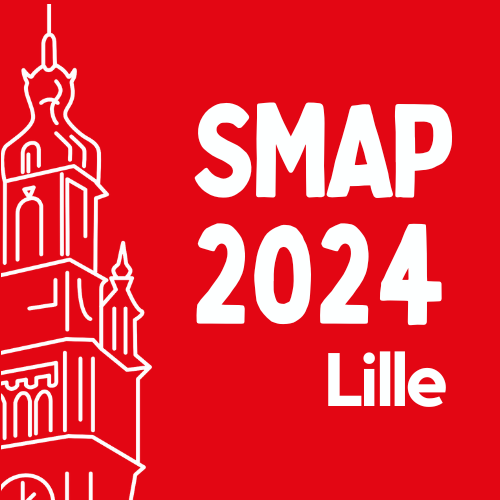
Session: Session 5
Method development for linkage-specific derivatization of N-glycopeptides of the protein clusterin for the differentiation of sialic acid isomers
Clusterin is a N-glycosylated chaperone protein which is distributed widespread throughout the body. It has been implicated in several diseases, under which Alzheimer’s disease, as it co-localizes with Aβ fibrillar deposits. In addition, links have been discovered between Alzheimer’s disease and differences in glycosylation of clusterin, however, elucidation of microheterogeneity of the N-glycans has not been completed. Microheterogeneity reflects the complexity of glycans through branching and regional isomerism, such as the sialic acids attached to galactose, which are α-2,3- or α-2,6-linked.
This research aimed to develop methods to isolate Clusterin and differentiate sialic-acid regional isomers on glycopeptides. Affinity enrichment was perfomed and the utilization of size-exclusion chromatography as secondary separation was explored. Through bottom-up proteomics, two glycopeptides of clusterin were found with bi-antennary N-glycans with two sialic acids. After, linkage-specific derivatization to detect regional isomeric differences of sialic acids on the glycopeptides, was investigated using digested α-1-acid glycoprotein and transferrin. The carbodiimide-guided derivatization leads to two different products depending on isomerism. α-2,3-linked sialic acid is close to the hydroxyl on the galactose, enabling the formation of a lactone. The α-2,6-linked sialic acids cannot react intramolecularly, leading to a intermolecular nucleophilic attack.
HILIC-SPE was used to enrich glycopeptides. Subsequently, the samples were used for the carbodiimide-guided reaction, for which different nucleophiles and concentrations of the reagents EDC and HOBt were tested. The regional isomers of glycopeptides with N-glycosylation site 33 of α-1 acid glycoprotein were identified and the N-glycosylation sites of Transferrin using MS. Through this research the protocol was simplified compared to literature, with less clean-up steps to prevent sample loss.